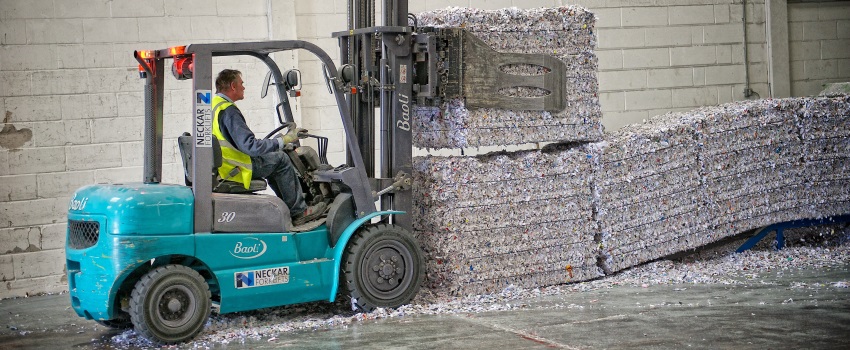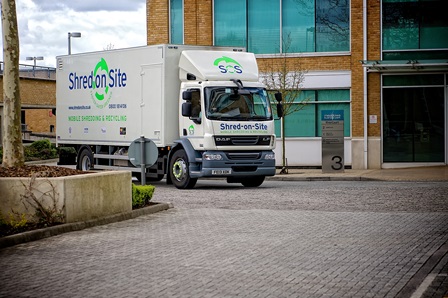What happens after your obsolete records are shredded?
The process of shredding has become fairly standard today for every business keen to maintain high standards of security and compliance. On-site shredding helps to ensure that sensitive data is always protected and makes document disposal a swift and efficient process. But what happens to your records after they’re shredded?
Why invest in professional shredding of obsolete records?
There are some key reasons why it pays to ensure that your obsolete records are properly disposed of, including:
- Protecting business information from competitors
- Ensuring that customer and employee data is safely destroyed
- Meeting the compliance standards established by regulations such as the GDPR
- Improving social responsibility, as shredding is more environmentally sound – the end result of the shredding process is ready for use in a recycling facility
- Enabling efficient bulk document disposal - most recycling facilities will only accept materials to be recycled from a professional shredding business
What happens after the shredding process?
Working with a professional shredding service provider to dispose of your business documents and records can help to improve operational efficiency within your organisation. It means less work for your staff on site – but what happens to the records that you no longer need once they have been through the shredding process?
- The end product of the shredding process is lots of confetti like pieces of paper, so small that the data or type from the records is no longer legible. This ‘confetti’ is bundled up and taken to a recycling centre so that it can be put to a new use.
- When shredded documents arrive for recycling they are usually chemically washed and then exposed to heat in chemically treated water to help the process of breaking down the paper.
- The next stage is to cleanse the newly broken down paper of any impurities that might be contained within it. This is usually achieved by pressing the paper against a screen.
- Before the old paper is bonded and dried any last bits of ink that remain in the paper will be washed out.
- The last step in the process of converting shredded paper into new products is to apply the pressure of rollers to the paper that has been washed and treated.
The benefits of the recycling process
- It takes just a couple of hours to turn obsolete paper records into something that can be reused by consumers or business
- Some of the products of the recycling process include paper towels, writing paper and loo rolls
- You’ll see a significant reduction in your business’ carbon footprint, as waste paper that has been recycled won’t end up in landfill
- Social responsibility is improved by investing in more streamlined disposal processes that minimise the impact that your business operations are having on the natural world
The most efficient way to deal with obsolete documents or records is to use a professional shredding service. Not only does this ensure certain data protection standards are met but you can improve green credentials too as a result of the recycling processes that take place after shredding has been carried out.
Get in touch with Shred-on-Site today for all your on-site shredding needs.







